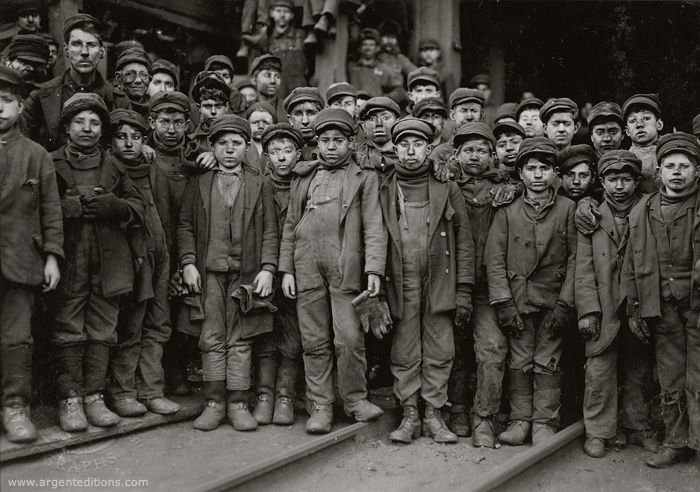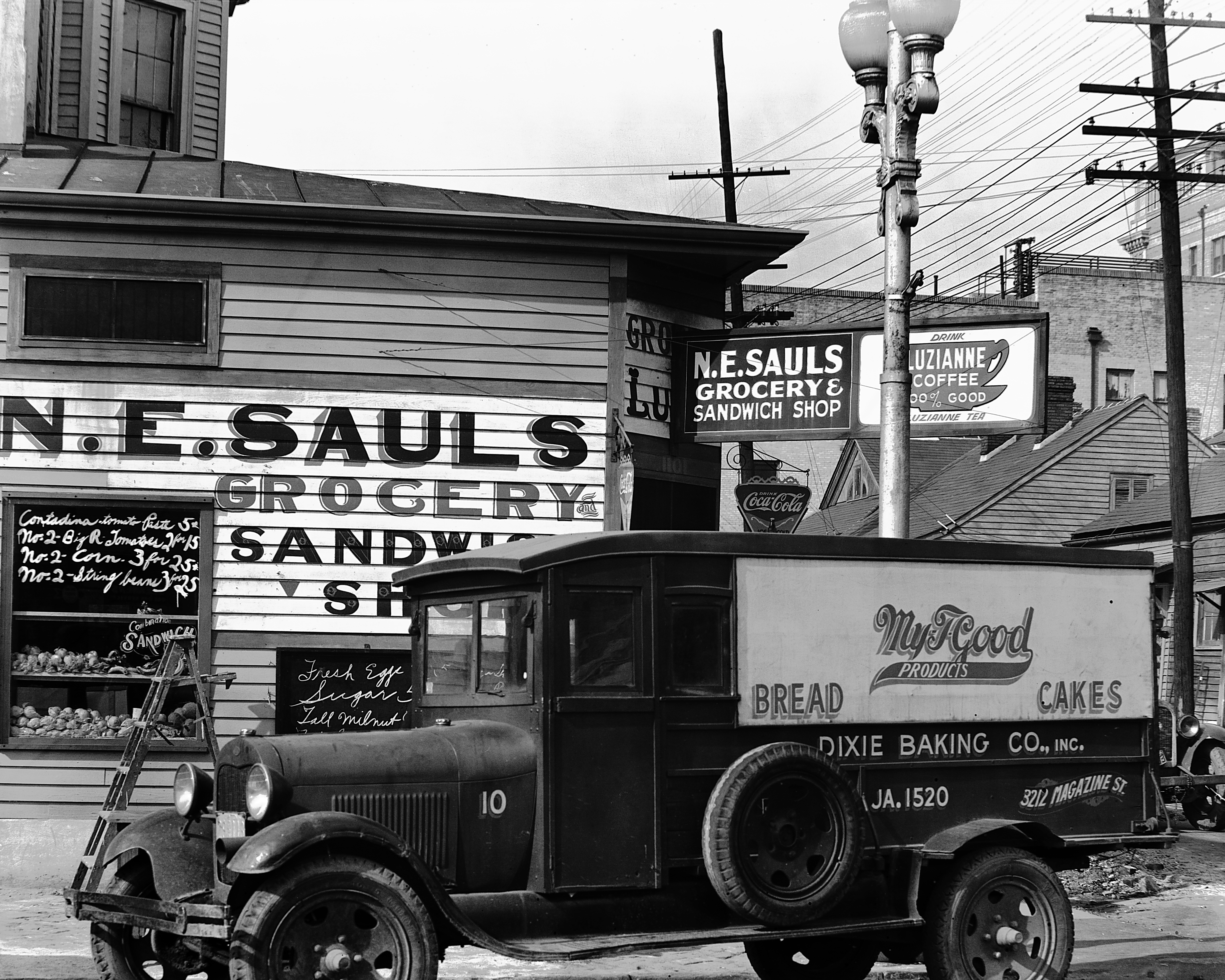- Rule of thirds
- Leading Lines
- Patterns
- Frames
- Fill the Frame
Monday, November 25, 2013
Wednesday, November 20, 2013
Near and Far Pre-Assignment
For the near and far assignment we are taking a picture based on Ansel Adam's landscapes. We need to set our cameras to the largest aperture to capture the greatest depth of field. In the photograph we take there should be something close and something far away and we need to focus on something in between so that the near and the far subjects are not blurry and the whole picture is clear and beautiful. Below is one of Ansel Adam's landscapes and our picture should look similar to this one. He got the trees up close in nice detail but also has the river, the valley, and the mountains all in focus and clear.


Monday, November 4, 2013
Lewis Hine
Lewis Wickes Hine was born September 26, 1874 in Oshkosh, WI. He was an American sociologist and photographer and he used his camera as a tool for social reform. He studied sociology at University of Chicago Columbia, and New York. In 1906, Hine became part of the Russel Sage Foundation where he photographed life in the Steel making districts called the Pittsburgh Survey. Then in 1908 he joined the National Child Labor Committee leaving his teaching career. He also worked with the American Red Cross relief work in Europe. At the end of his life few people were interested in his work anymore and he died on November 3, 1940 at Dobbs Ferry Hospital in New York.






Edward Weston
Born MArch 24,1886 in Highland Park, IL Edward Henry Weston was a popular American photographer in the twentieth century. Some people have even called him "one of the most innovative and inspirational photographers in America." and One of the master of twentieth century photography. He married Charis Wilson in 1939 and had two kids, Brett Weston and Cole Weston. He photographed a wide variety of subjects such as landscapes, still life's, nudes, portraits genre scenes, and parodies. He was the first ever photographer to get the Guggenheim Fellowship and he produced over 1400 negatives in the next year. Weston didn't move to California until he was 21. Then in 1947 he was diagnosed with Parkinson's Disease and stopped photographing soon. He died January 1, 1958 in Big Sur, CA.






Walker Evans
Walker Evans was an American photographer born November 3, 1903, St. Louis, MO and died on April 10, 1975 in New Haven CT. Evans is well know for his work for the Farm Security Administration documenting the effects of the great depression. Many think of Walker Evans as the single most influential artist of photography in the 20th century because of his clear photography and articulate publications. He went to Williams college for a year and quit to move to NY, working in libraries and bookstores. In September 1938 in the Museum of Modern Art opened up the American Photographs exhibit, a retrospective of Evans first ten years in photography. Evans took his last photographs on the Polaroid SX-70 and an unlimited supply of film from the manufacturer.






Subscribe to:
Posts (Atom)